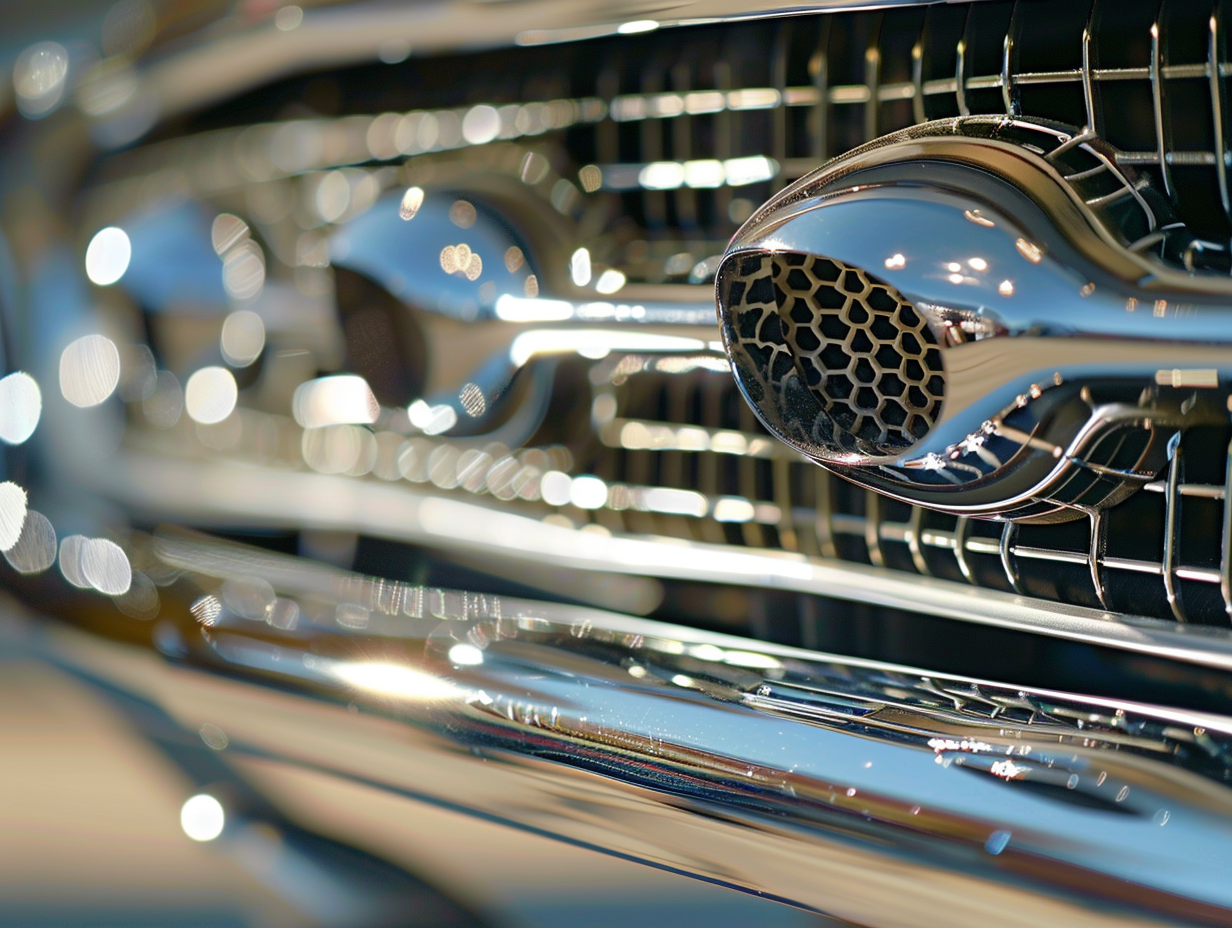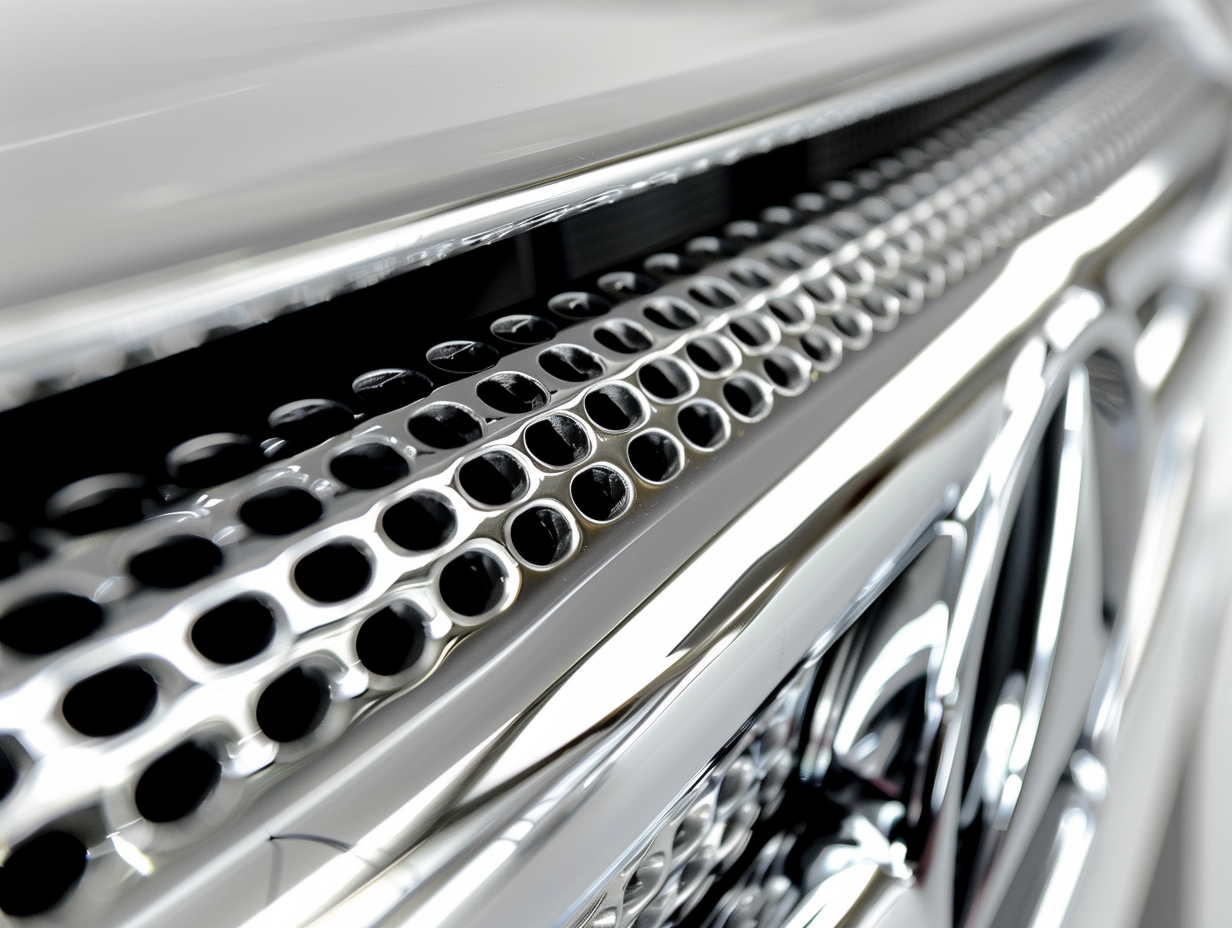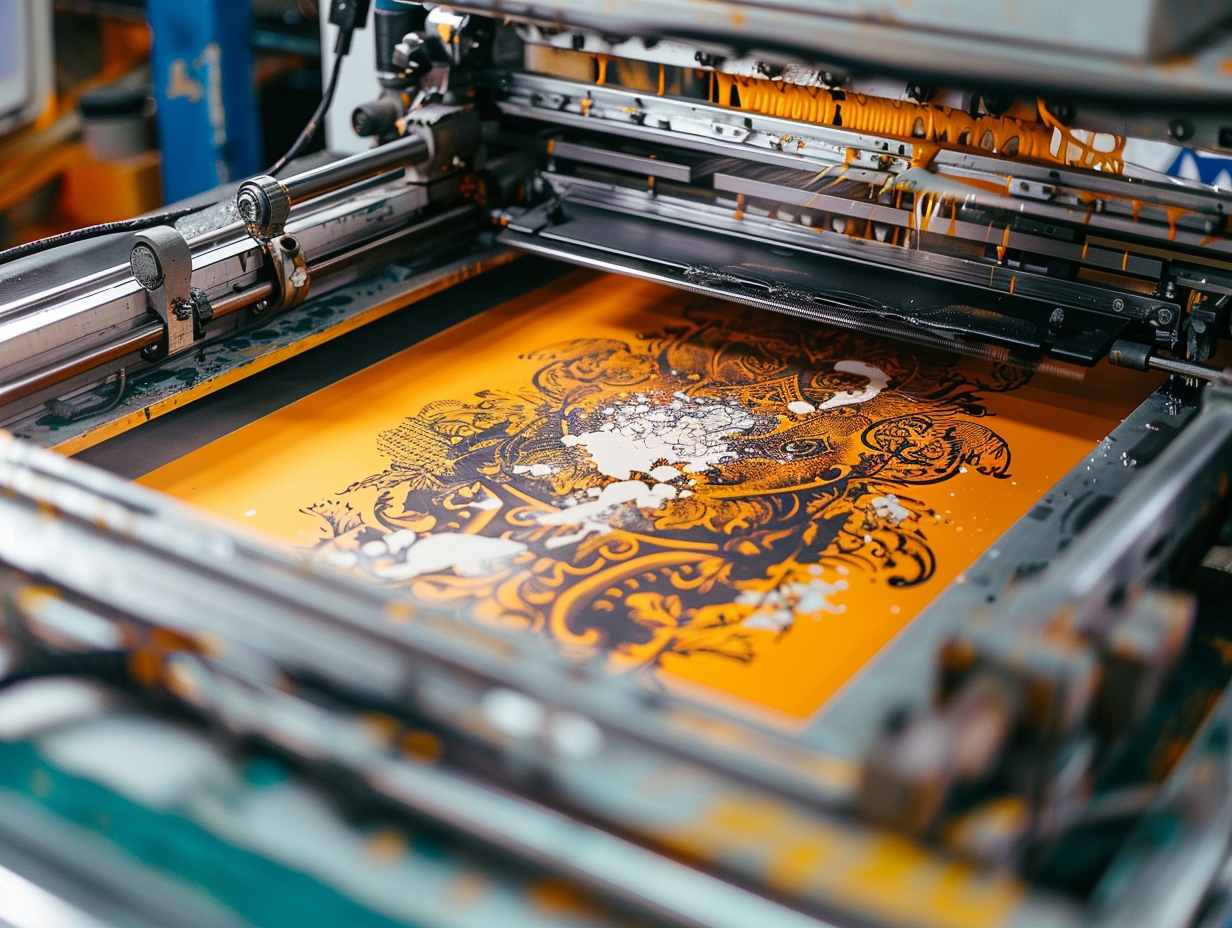Surface treatment of plastic parts is a crucial aspect of manufacturing, enhancing not only the aesthetics of the final product but also its functionality, durability, and resistance to environmental factors. This blog will delve into some common surface treatment processes used in the plastic industry, illustrating their significance through practical examples.
1. Painting
Painting is one of the most common surface treatments for plastic parts. It provides not only color but also protective coatings that can resist wear, UV light, and chemicals. For instance, automotive parts such as dashboards and bumpers often undergo painting to achieve a glossy, matte, or metallic finish, which enhances the vehicle's overall appearance and protects the plastic from environmental damage.
2.Electroplating
Electroplating involves depositing a thin layer of metal onto the plastic surface, typically to improve its appearance and conductivity. A popular example is the chrome-plated plastic used in automotive grilles and interior trim, where the plastic part is coated with a layer of metal to give it a sleek, shiny look while retaining the lightweight properties of plastic.


3. Texturing
Texturing is the process of creating patterns or designs on the surface of plastic parts. This technique is commonly used in consumer electronics, such as smartphone cases or remote controls, where a textured finish can enhance grip, reduce fingerprints, and add a premium feel to the product. Texturing can be achieved through processes like laser engraving or chemical etching.
4. Hot Stamping
Hot stamping involves transferring a pigment or metallic foil onto the plastic part using heat and pressure. This method is widely used in branding and decoration, such as adding logos or decorative elements to consumer products like appliances or packaging. For example, many high-end cosmetic packaging uses hot stamping to apply metallic logos, giving the product a luxurious appearance.

5. Plasma Treatment
Plasma treatment is a surface modification technique that alters the surface properties of plastics, making them more suitable for bonding, painting, or coating. This is particularly useful in medical devices where high adhesion of coatings is required for functionality and hygiene. Plasma treatment can improve the wettability of the plastic surface, ensuring that coatings adhere more effectively.
Conclusion
The surface treatment of plastic parts is an essential step in the manufacturing process, influencing both the appearance and performance of the final product. From painting and electroplating to texturing and plasma treatment, each technique serves a specific purpose in enhancing the quality and durability of plastic components. By selecting the appropriate surface treatment method, manufacturers can meet the diverse needs of different industries, ensuring that their products not only look great but also stand the test of time.
For more information on our capabilities and how we can help you with your surface treatment needs, feel free to contact us today. We are committed to delivering high-quality solutions that meet your specific requirements.
Post time: Aug-21-2024
